Please note: This article is authored by Roland G. Ottley, Esq.
In the intricate tapestry of New York's rental market, the balance of power between landlords and tenants has undergone a profound transformation. As we navigate through 2025, the legal landscape reveals a complex battlefield where rights and responsibilities intersect, creating a labyrinth of protections that increasingly favor those who seek shelter within the Empire State's dwellings. The question of who emerges victorious in the most contentious disputes is not merely academic: it represents the fundamental struggle between property rights and housing security that defines modern urban living.
The current legal framework has evolved into a sophisticated system of checks and balances, where recent legislative developments and judicial interpretations have fundamentally altered the dynamics of landlord-tenant relationships. Understanding these shifts becomes paramount for both property owners and renters who find themselves entangled in the web of New York's comprehensive housing regulations.
The Contemporary Legal Battlefield
The 2025 rental market operates under some of the nation's most tenant-protective legislation, creating an environment where renters have achieved remarkable victories in disputes that would have seemed insurmountable in previous decades. Recent case studies illuminate this transformation with striking clarity: a Brooklyn tenant recently discovered their rent-stabilized apartment was being illegally overcharged by more than $2,000 monthly, ultimately securing a substantial $150,000 settlement from their landlord.
This landmark case exemplifies a broader trend where tenants are successfully challenging property owners through New York's robust tenant protection framework. The state's rent control and rent stabilization laws, which govern approximately one million homes throughout New York City, have become the primary arena where tenants frequently emerge triumphant when landlords attempt to circumvent established regulations.

The Tenant's Arsenal: Rights and Protections
Rent Stabilization: A Shield Against Exploitation
Within the realm of rent-stabilized units, tenants possess formidable legal weapons against overcharges and illegal rent increases. The ability to request comprehensive rent histories through state portals has transformed ordinary renters into vigilant guardians of their own housing stability. These digital tools have enabled numerous successful challenges, with many resulting in substantial financial recoveries that extend far beyond simple rent adjustments.
The rent stabilization laws create particularly strong shields against excessive increases, establishing clear guidelines that landlords must navigate with meticulous precision. When property owners venture beyond these boundaries, they face not merely regulatory disapproval but substantial financial penalties that can dwarf any illegitimate gains they might have pursued.
Habitability Rights: The Foundation of Dignified Living
New York law grants tenants comprehensive rights to safe, livable conditions, encompassing adequate heat, reliable hot water, and essential services that form the bedrock of dignified residential existence. These rights are not merely aspirational: they carry enforcement mechanisms that place strict timelines upon landlords: twenty-four hours for emergency repairs and thirty days for non-emergency issues.
The habitability framework represents more than regulatory compliance; it embodies a fundamental commitment to human dignity within the rental relationship. When landlords fail to maintain these standards, tenants possess both the legal authority and practical mechanisms to compel compliance through various enforcement channels.
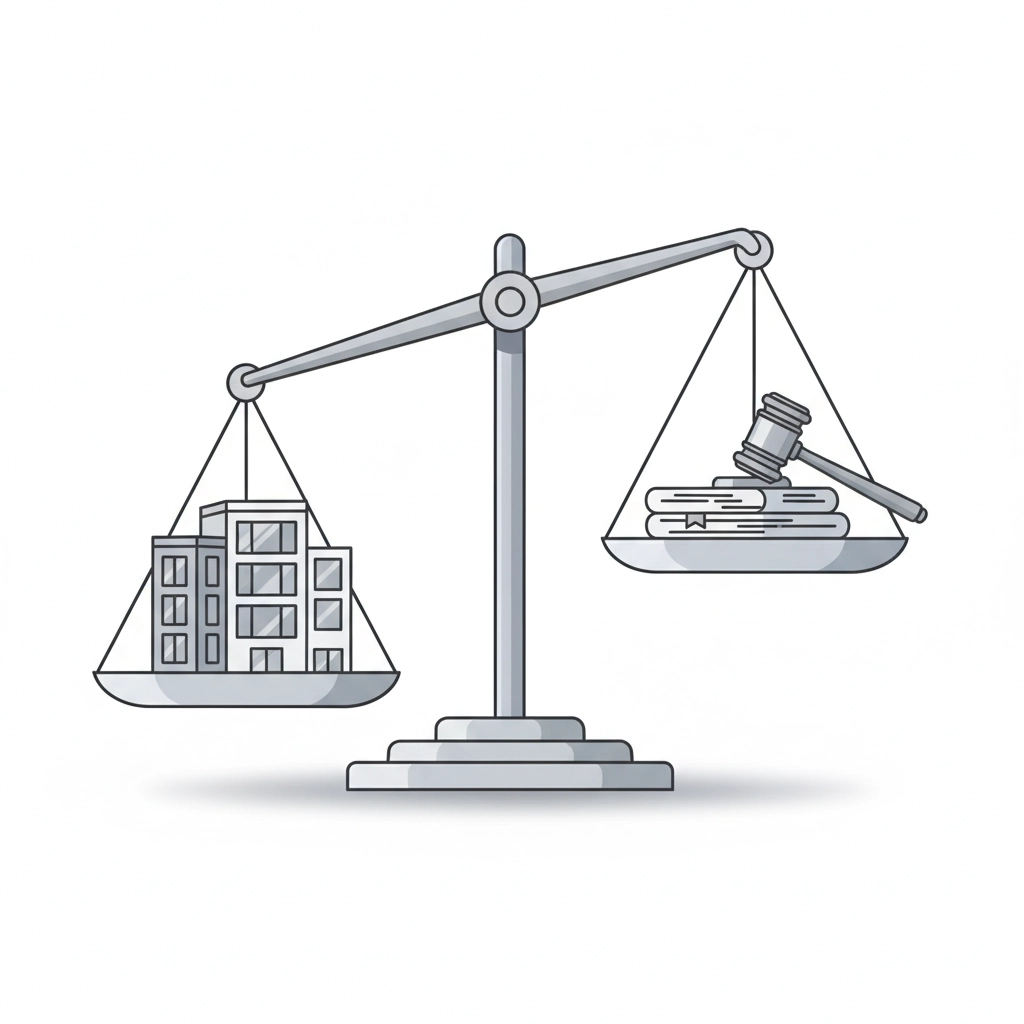
Anti-Harassment Protections: Safeguarding Tenant Security
The legal framework extends robust protections against landlord intimidation, including comprehensive shields from retaliatory evictions for making legitimate complaints about property conditions or rental practices. These anti-harassment provisions specifically prohibit intimidation tactics such as frequent unannounced visits, threats, or attempts to constructively evict tenants through deliberate neglect or hostile behavior.
These protections recognize that the landlord-tenant relationship involves an inherent power imbalance, and they serve to level the playing field by ensuring that tenants can exercise their rights without fear of reprisal or retaliation.
Landlord Rights and Regulatory Constraints
Legitimate Property Interests
Property owners retain fundamental rights within this regulatory framework, including the basic right to collect rent in a timely manner and maintain reasonable access to their properties for legitimate purposes. Landlords can pursue legal remedies for non-payment through proper legal channels, and they maintain the right to enter rental units for necessary inspections, repairs, or other legitimate business purposes, provided they follow established notice requirements.
The Weight of Compliance
However, these rights operate within a heavily regulated environment that demands meticulous attention to procedural requirements and substantive limitations. Landlords cannot lock out tenants, shut off utilities as a pressure tactic, harass renters, remove personal belongings, or enter properties without proper notice except in genuine emergencies.
The regulatory constraints create a high-stakes environment where procedural missteps can result in substantial legal penalties, transforming minor oversights into significant financial liabilities. This reality demands that property owners approach tenant relationships with careful attention to legal requirements and procedural compliance.

Dispute Resolution: Analyzing the Battlefield
Rent Stabilization Violations: Tenant Stronghold
In disputes involving rent stabilization violations, tenants possess overwhelming advantages. The regulatory framework provides clear standards, accessible enforcement mechanisms, and substantial financial remedies for violations. Recent enforcement actions demonstrate that well-informed tenants can achieve significant victories against non-compliant landlords, with settlements often reaching into five or six figures.
Habitability Disputes: Tenant-Favored Outcomes
Habitability disputes similarly favor tenants, who benefit from strict repair timelines and comprehensive enforcement mechanisms. The legal framework places the burden of maintaining livable conditions squarely upon landlords, with limited exceptions for tenant-caused damages or interference with repair efforts.
Eviction Proceedings: A More Balanced Arena
Eviction proceedings represent one area where the legal landscape approaches greater balance between landlord and tenant interests. While tenants enjoy substantial due process protections and procedural safeguards, landlords retain legitimate rights to pursue eviction for non-payment of rent, lease violations, or other justified grounds.
However, even in this more balanced arena, the procedural requirements favor tenants who understand the system and can navigate its complexities effectively.
Strategic Considerations for All Parties
For Tenants: Embracing Empowerment
The current legal environment strongly favors renters who actively pursue their rights with knowledge and determination. Essential strategies include requesting rent histories for potentially stabilized units, maintaining meticulous documentation of habitability issues, and developing comprehensive understanding of eviction protection procedures.
The path to tenant success lies not in passive acceptance of adverse conditions but in active engagement with the legal protections that New York law provides. Knowledge becomes the foundation of empowerment, transforming ordinary renters into effective advocates for their own housing security.
For Landlords: The Imperative of Compliance
Property owners who seek to operate successfully within this regulatory environment must embrace meticulous compliance as both a legal necessity and a business strategy. Success requires proper notice procedures, timely response to repair requests, and careful adherence to rent stabilization rules where applicable.
The high-penalty environment makes legal consultation not merely advisable but essential for complex situations. The cost of compliance pales in comparison to the potential financial consequences of regulatory violations.

The Verdict: Tenant Advantage in the Modern Era
In 2025's most challenging disputes, tenants hold the stronger legal position within New York's rental market. The combination of robust rent stabilization protections, strict habitability requirements, comprehensive anti-harassment laws, and procedural safeguards in eviction proceedings creates a legal framework that decidedly favors renters who understand and exercise their rights.
The evidence is compelling: recent six-figure settlements demonstrate that well-informed tenants can achieve substantial victories against non-compliant landlords. The regulatory environment rewards tenant vigilance while imposing severe consequences upon landlords who fail to navigate the complex legal requirements properly.
This does not mean that legitimate landlord interests lack protection: property owners who operate within legal boundaries and maintain proper procedures can still protect their investments and pursue appropriate remedies for tenant violations. However, the consequences of legal missteps reveal a stark imbalance: tenant violations typically result in eviction proceedings, while landlord violations can trigger substantial financial penalties and legal damages that far exceed any potential gains from non-compliance.
The Path Forward: Justice Through Knowledge
For those who find themselves entangled in landlord-tenant disputes, the path to justice begins with comprehensive understanding of legal rights and procedural requirements. Whether you are a tenant facing illegal rent increases or habitability issues, or a landlord seeking to navigate the complex regulatory environment, awareness and legal action remain paramount.
The legal landscape of 2025 rewards those who approach these relationships with knowledge, preparation, and respect for the comprehensive framework that New York has established to protect both property rights and housing security. In this balance, tenants emerge with distinct advantages, but ultimate success depends upon the willingness to engage with the legal system that protects all parties' legitimate interests.
If you find yourself facing a challenging landlord-tenant dispute, consider consulting with experienced legal counsel who can guide you through the complexities of New York's rental regulations. The Ottley Law Firm stands ready to provide the advocacy and representation that these important matters demand.

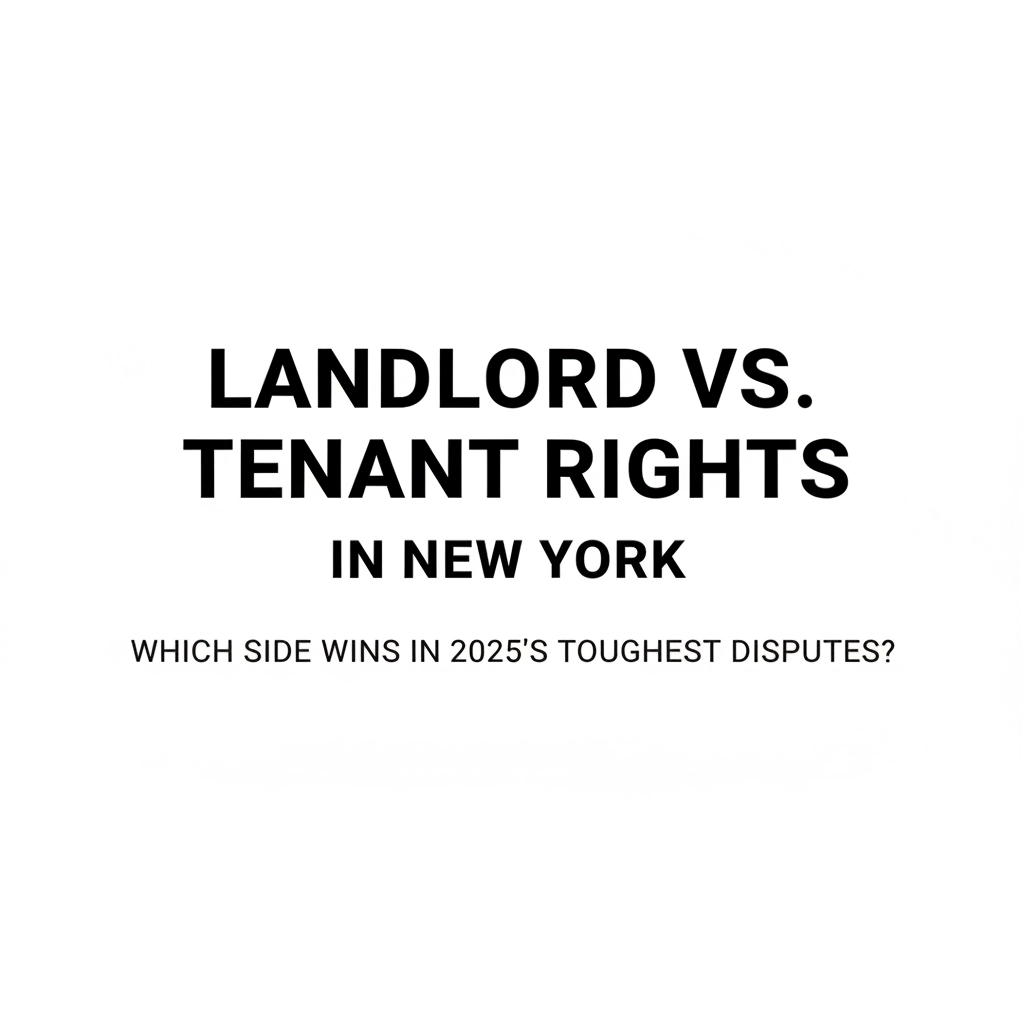

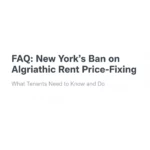
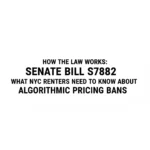

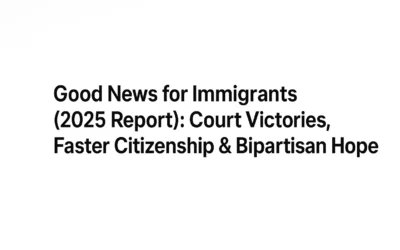
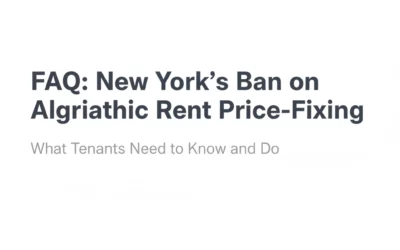
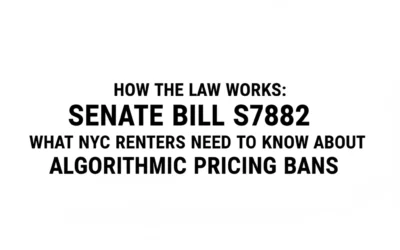
0 Comments